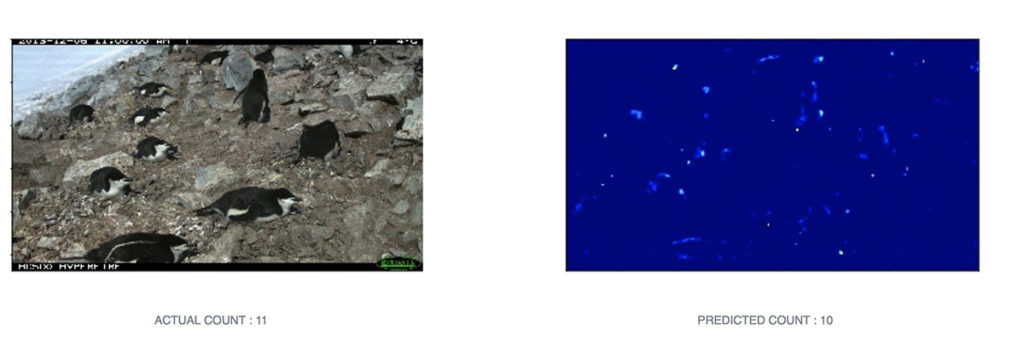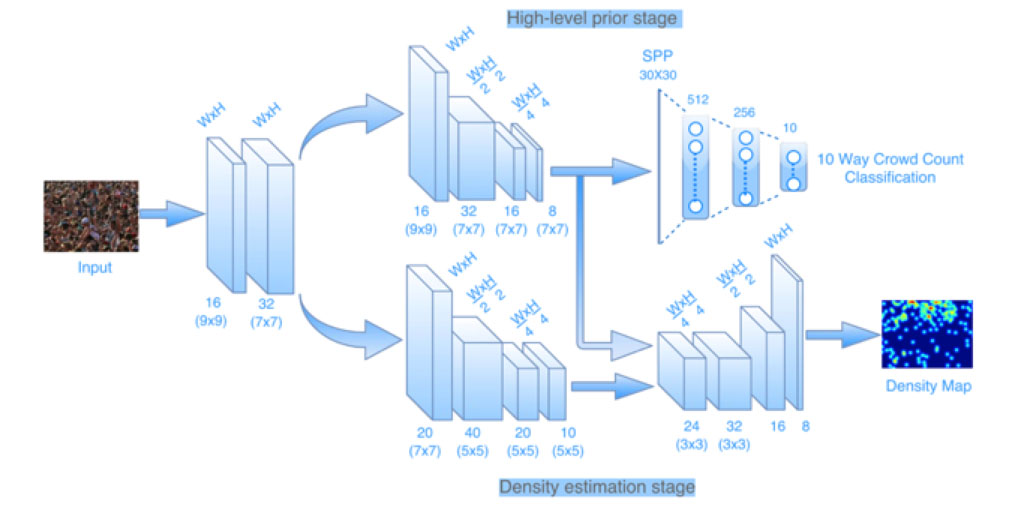Intel Using AI to Help Save Antarctica’s Penguins
It seems like every day, another animal is at risk due to climate change. Antarctica’s emperor penguin population is the latest to be in trouble. Their numbers have been dwindling thanks to breeding difficulties which are most likely caused by changing temperatures. According to a 2019 study by the British Antarctic Survey, the emperor penguins could completely disappear by 2100. To help save these beautiful creatures, scientists are turning to AI.
Intel has put together a team to help ecologists get a better understanding of the dwindling numbers. They are turning to machine vision to help count the penguins faster and more accurately than before.
The group took images of Antarctica’s penguin colonies from Oxford University’s Penguin Watch Project. The project has sourced millions of time-lapse images from camera traps in over 40 locations, using online volunteers to help annotate them.
Counting penguins is no easy task even for AI. For one there are a lot of them and usually, they are all clumped together. So photos might not pick up penguins that may be in the group but partially hidden from view. There also can be density differences within the same picture, where some portions have unusually high clusters of animals. The AI also needs to factor in different camera angles, perspective distortion, and weather conditions.

Intel and Team Used Neural Networks to Analyze Images
The deep learning application for detecting and counting penguins was co-developed by data science company Gramener, in partnership with Microsoft’s AI for Earth initiative, Gramener’s approach was to use convolutional neural networks (CNNs) using density-based estimations. The algorithms preserve spatial information and were able to localize the count while also estimating the overall tally.
The AI first classified images into broad categories. It estimated density by approximating the number of penguins in clusters of different sizes. This density-based approach managed to handle most of the imaging challenges.
The group’s work will help to count Antarctica’s penguin population much quicker and more accurately. This will enable researchers to recommend ecological and environmental conservation measures to preserve penguin populations.

Penguin AI Could Also Count Humans and Cells
The technology and techniques used to help count the penguins could be useful in a variety of situations. For instance, the retail industry may want to count how many people frequented a mall or shopping area during certain times of the day.
Scientists could also apply the AI to biological cells. Drug characterization is a key step in the pharma drug discovery process as scientists need counts of different cell types from microscopic images. This normally time-consuming manual process could be made much more efficient by using machine learning and AI.
Check out our articles on robots helping to guide passengers at Heathrow Airport and BellaBot the catlike robot waiter.

